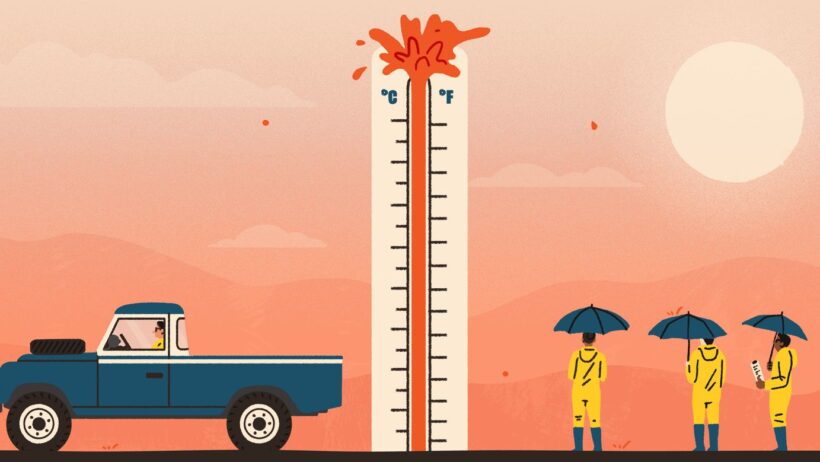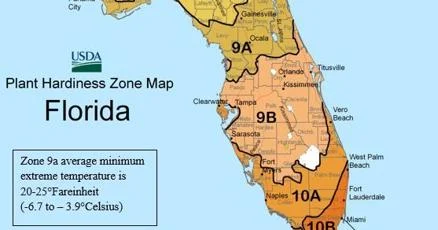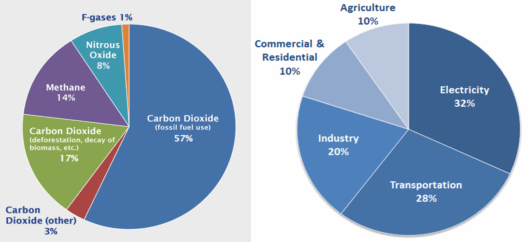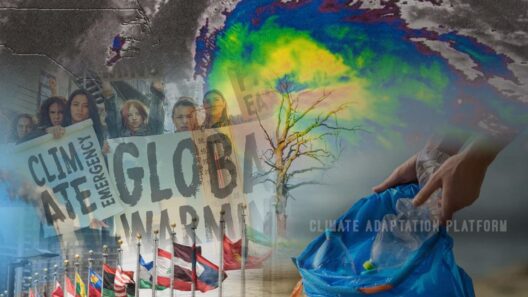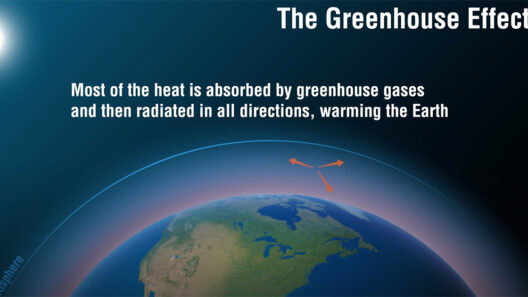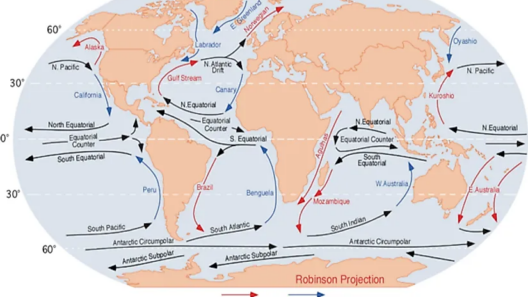Global climate change is akin to a slow-burning wildfire, gradually consuming the very fabric of our planet’s ecosystems. Each degree of warming, each erratic weather event, incrementally shifts the balance, hinting at a perilous future fraught with consequences. To grasp the gravity of this phenomenon, one must delve into its myriad ramifications, examining the profound threats posed not only to the natural world but also to humanity’s survival.
As we explore why global climate change is so dangerous, it’s imperative to understand the multifaceted nature of the threat. From rising sea levels to extreme weather events, climate change is reshaping the Earth’s landscape and altering our lives in ways that are both frightening and unpredictable.
In this discourse, we will engage with the following layers of this critical issue: the immediate environmental impacts, the intricate web of socio-economic repercussions, and the long-term threats to human health and security.
Nature’s Reckoning: Environmental Impacts Unleashed
The Earth’s climate system is a delicate tapestry, intricately woven over millennia. The direct impacts of climate change manifest in increasingly frequent and severe weather events. Hurricanes, once moderate, are now tempestuous behemoths, fueled by warmer ocean waters. Their ferocity leaves devastation in their wake, obliterating communities and displacing families. The metaphorical scales of justice seem to tip overwhelmingly against coastal communities—areas that often bear the brunt of this uncontrolled tempest.
Moreover, the phenomenon of melting ice caps serves as a stark reminder of our precarious situation. The Arctic, once a bastion of tranquility, now resembles a ghostly landscape, its glaciers retreating at an alarming rate. As these bio-cryogenic sentinels dissolve, they release ancient carbon reserves, exacerbating the greenhouse effect—a sinister feedback loop that beckons further warming. The repercussions extend beyond aesthetics; they escalate into global sea-level rise, threatening coastal cities and populations, causing habitat loss for countless species, and pushing ecosystems to their breaking points.
Socio-Economic Storm Surge: Consequences for Humanity
The churning seas of climate change do not discriminate. Economic inequalities, often festering beneath the surface, are exacerbated by the climatic upheavals we currently face. The harsh reality is that the poorest nations—those least equipped to deal with such disruptions—are disproportionately affected. With agricultural systems crumbling under droughts and floods, food security becomes a looming specter. The metaphor of “climate refugees” emerges, depicting individuals forced to abandon their homes and livelihoods, wandering in search of habitable land and adequate resources. It is a poignant image that portrays the desperation bred by our warming world.
Furthermore, the economic ramifications are staggering. Industries that have sustained communities for generations are at risk of collapse. Fishing, agriculture, and tourism face existential threats as species migrate in search of suitable habitats, and landscape alterations render key destinations unrecognizable. The sheer cost of repairing and rebuilding from climate-induced disasters strains national economies, with billions funneled into recovery efforts that could otherwise address education, healthcare, and infrastructure.
The Health Nexus: A Looming Challenge
Human health, that most precious of assets, hangs perilously on the edge of a climate-induced precipice. As temperatures rise, heat-related illnesses become more prevalent and respiratory issues exacerbate due to increased pollution and allergens. Vulnerable populations, including the elderly, children, and those with pre-existing health conditions, find themselves in a precarious position.
Moreover, the spread of vector-borne diseases like malaria and dengue fever is on the rise as warmer climates expand the habitats of mosquitoes and other carriers. This demographic shift brings about an interplay of ecological and public health crises, akin to a harbinger of doom that reveals itself excessively through widespread illness.
The scarcity of clean water, another consequence of climate change, further complicates the health narrative. Diminished freshwater resources lead not only to dehydration and malnutrition but also to the proliferation of waterborne diseases, creating an insidious cycle of health degradation that is challenging to combat. The fabric of society frays when the health of its citizens is compromised, highlighting the interconnectedness of environmental stability and human wellbeing.
Charting a Path Forward: Collective Responsibility
As the specter of climate change looms ever larger, there lies within it a profound opportunity for change. The rising tide demands unity, collaboration, and innovative solutions that transcend boundaries and ideologies. Efforts to mitigate climate change, such as transitioning to renewable energy, fostering sustainable agriculture, and enhancing urban resilience, become imperative. Collective responsibility is no longer an option; it is a necessity to avert impending catastrophe.
In conclusion, global climate change poses an existential threat that endangers not only our environment but also the social, economic, and health fabric of our communities. By recognizing the magnitude of this crisis, we can galvanize the momentum necessary for a global response—one that acknowledges the intricate interplay between human systems and the natural world. Failure to act will serve as a reminder of the consequences of inaction, a chilling footnote in the annals of our civilization’s story. The time to confront the perilous reality of climate change is now, for the stakes have never been higher, and our future hinges upon our collective action.



